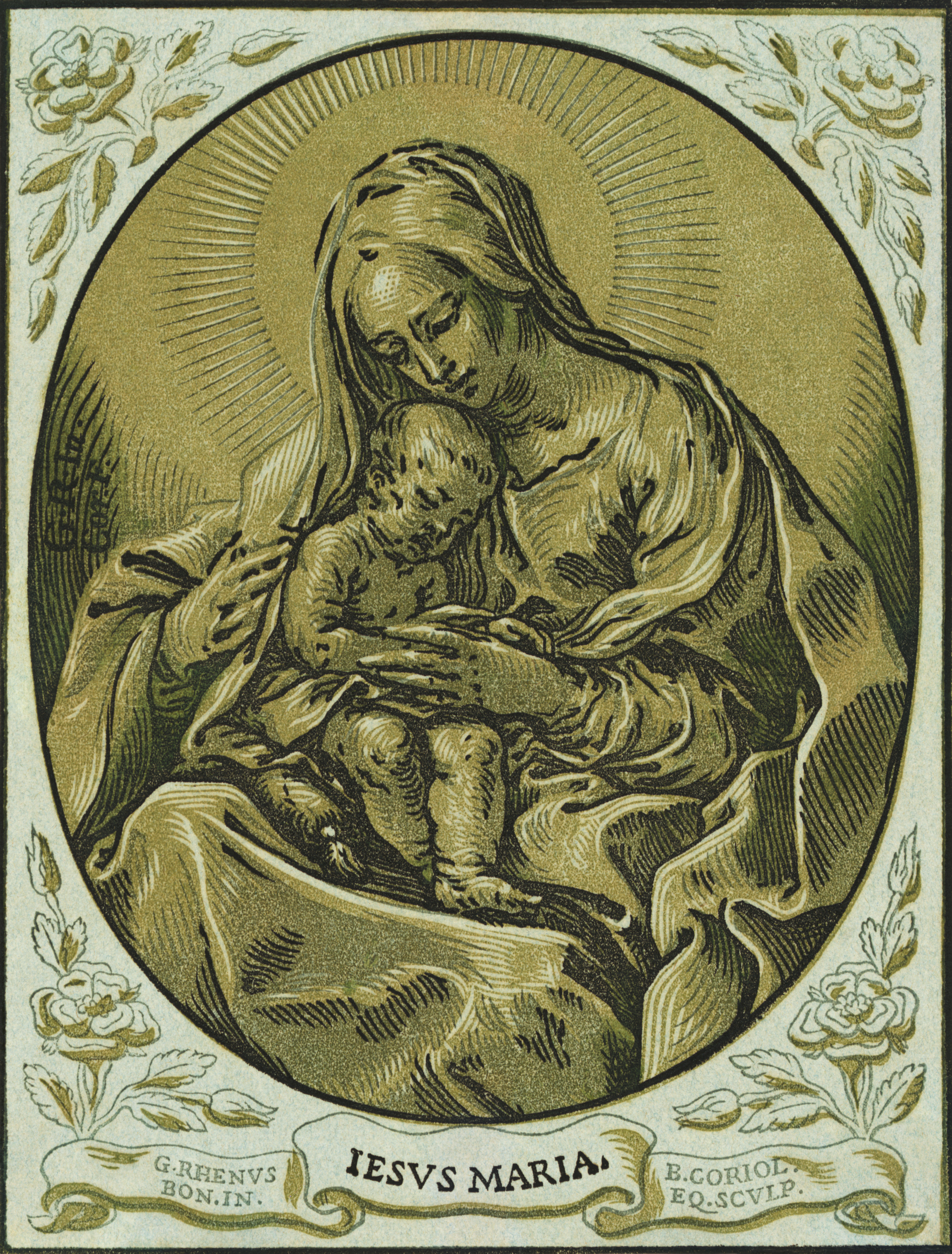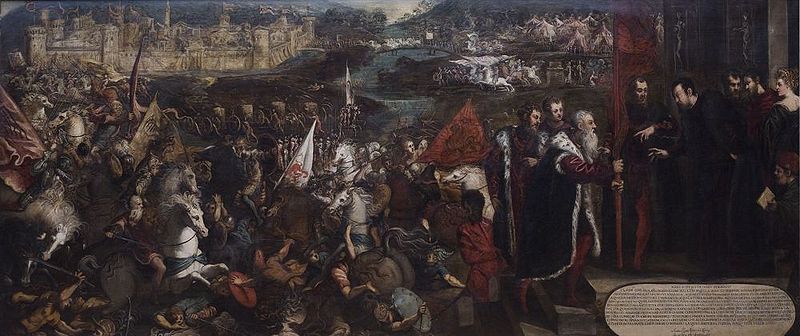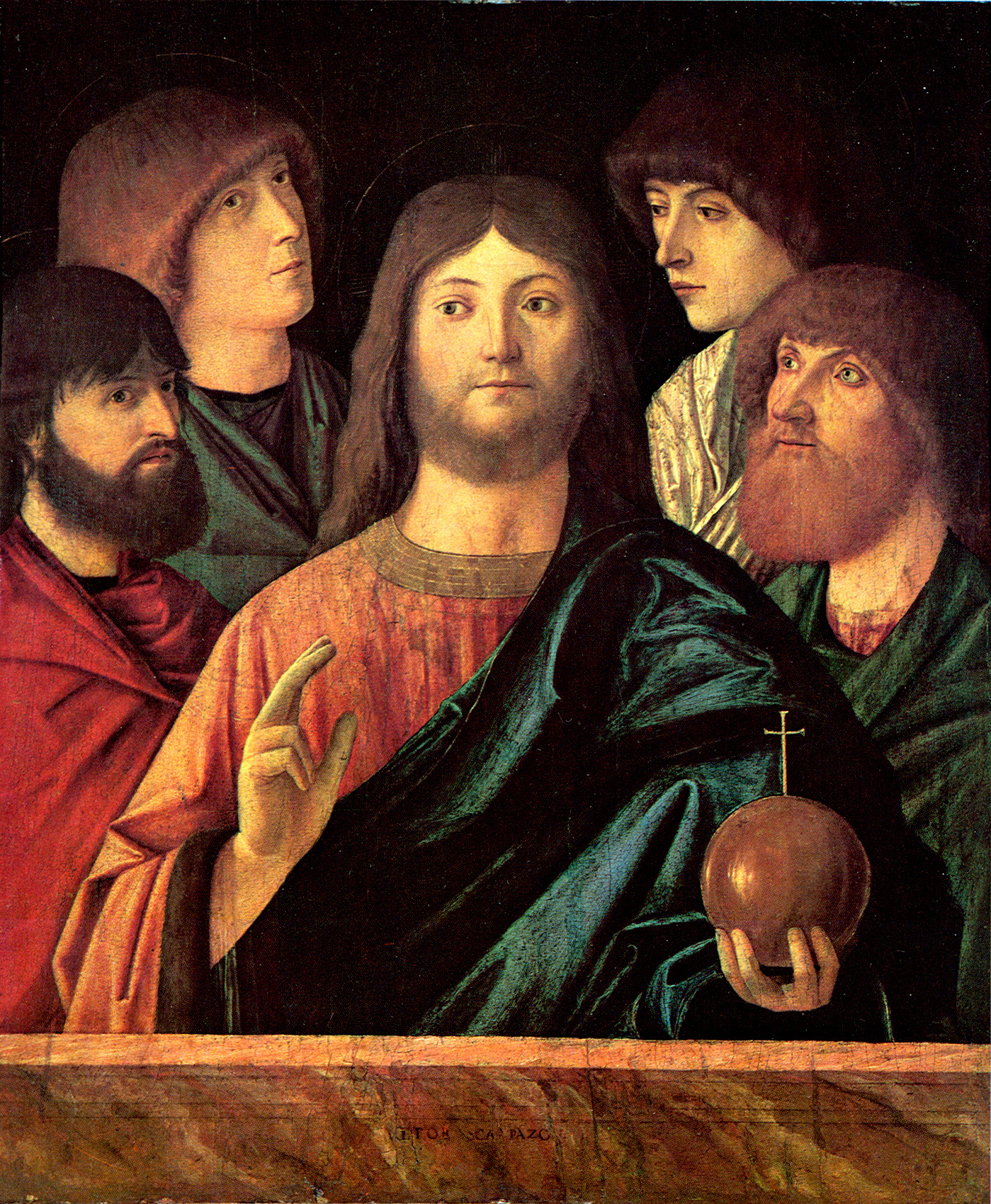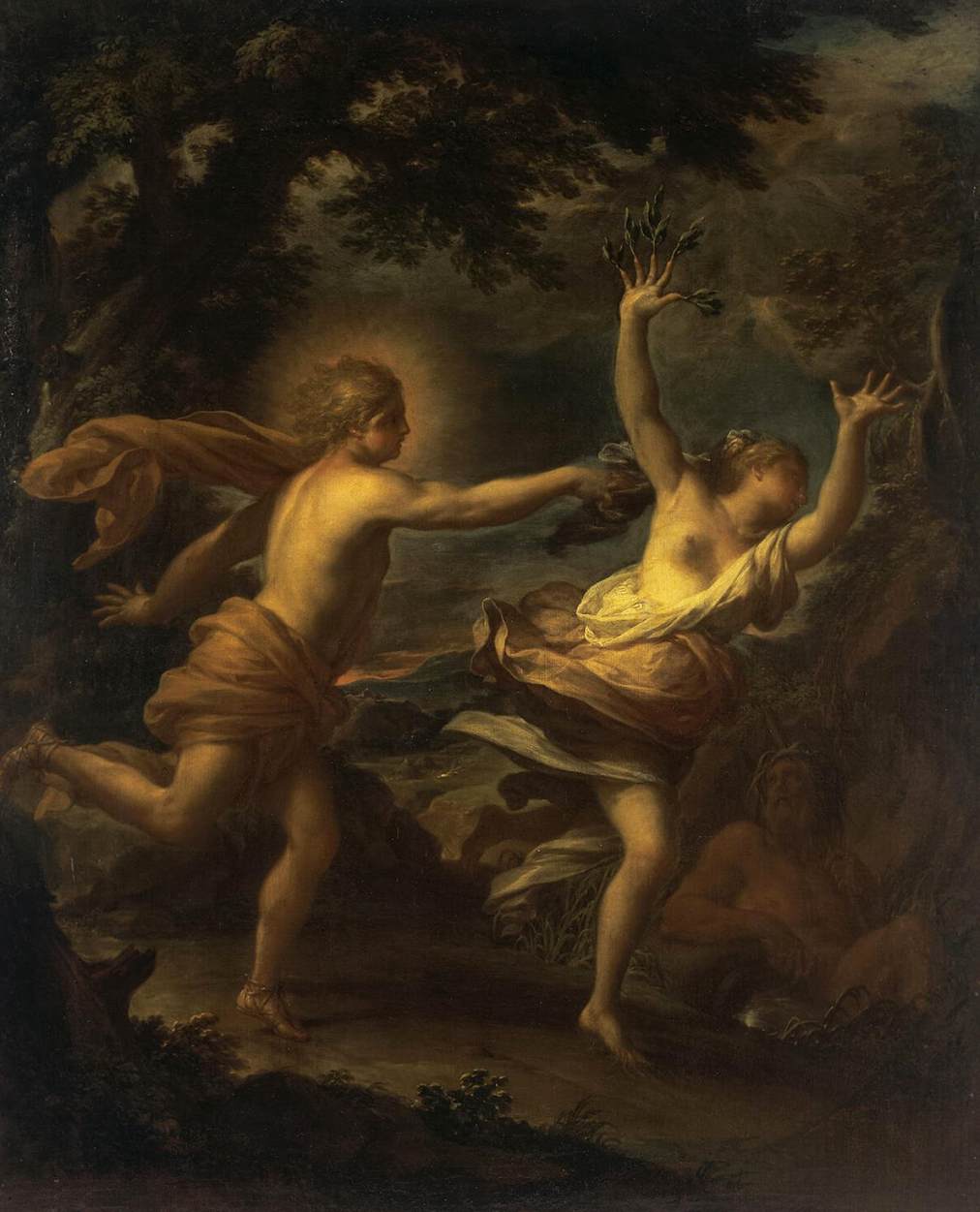|
Cà Pesaro
Ca' Pesaro is a Baroque marble palace turned art museum, facing the Grand Canal of Venice, Italy. Today it is one of the 11 museums run by the Fondazione Musei Civici di Venezia system. The building was originally designed by Baldassarre Longhena in the mid-17th century, the construction was completed by Gian Antonio Gaspari in 1710. As at Longhena's Ca' Rezzonico, a double order of colossal columns and colonnettes flanking arch-headed windows, reinterpreting a motif of Jacopo Sansovino, Longhena creates the impression of double loggias extending across the main Grand Canal frontage, above a boldly rusticated basement. The building The palace was built in the second half of the 17th century for the noble and wealthy Pesaro family, a project by the Venetian architect, Baldassarre Longhena, who also designed the church of the Salute and Ca' Rezzonico. Works began in 1659 starting from the landside; the courtyard was completed by 1676. By 1679, the façade on the Grand Canal ... [...More Info...] [...Related Items...] OR: [Wikipedia] [Google] [Baidu] |
Venice
Venice ( ; ; , formerly ) is a city in northeastern Italy and the capital of the Veneto Regions of Italy, region. It is built on a group of 118 islands that are separated by expanses of open water and by canals; portions of the city are linked by 438 bridges. The islands are in the shallow Venetian Lagoon, an enclosed bay lying between the mouths of the Po River, Po and the Piave River, Piave rivers (more exactly between the Brenta (river), Brenta and the Sile (river), Sile). As of 2025, 249,466 people resided in greater Venice or the Comune of Venice, of whom about 51,000 live in the historical island city of Venice (''centro storico'') and the rest on the mainland (''terraferma''). Together with the cities of Padua, Italy, Padua and Treviso, Italy, Treviso, Venice is included in the Padua-Treviso-Venice Metropolitan Area (PATREVE), which is considered a statistical metropolitan area, with a total population of 2.6 million. The name is derived from the ancient Adr ... [...More Info...] [...Related Items...] OR: [Wikipedia] [Google] [Baidu] |
Chiaroscuro
In art, chiaroscuro ( , ; ) is the use of strong contrasts between light and dark, usually bold contrasts affecting a whole composition. It is also a technical term used by artists and art historians for the use of contrasts of light to achieve a sense of volume in modelling three-dimensional objects and figures. Similar effects in cinema, and black and white and low-key photography, are also called chiaroscuro. Taken to its extreme, the use of shadow and contrast to focus strongly on the subject of a painting is called tenebrism. Further specialized uses of the term include chiaroscuro woodcut for colour woodcuts printed with different blocks, each using a different coloured ink; and chiaroscuro for drawings on coloured paper in a dark medium with white highlighting. Chiaroscuro originated in the Renaissance period but is most notably associated with Baroque art. Chiaroscuro is one of the canonical painting modes of the Renaissance (alongside cangiante, sfumato and uni ... [...More Info...] [...Related Items...] OR: [Wikipedia] [Google] [Baidu] |
Mekhitarists
The Mechitarists, officially the Benedictine Congregation of the Mechitarists (), is an Armenian Catholic monastic order of pontifical right for men founded in 1701 by Mekhitar of Sebaste. Members use the postnominal abbreviation CAM. The order is best known for their series of scholarly publications of ancient Armenian versions of otherwise lost ancient Greek texts and their research on classical and modern Armenian language. They follow the Rule of Saint Benedict. The congregation was long divided into two branches, with the respective motherhouses being in Venice and Vienna. In July 2000 they united to form one institute. History Their eponymous founder, Mekhitar of Sebaste, was born in Sebastia in Armenia, then part of the Ottoman Empire, in 1676. He entered a monastery, but was concerned about the level of culture and education in Armenia under Turkish rule at that period, and sought to do something about it. Contacts with Western missionaries led him to become inte ... [...More Info...] [...Related Items...] OR: [Wikipedia] [Google] [Baidu] |
London
London is the Capital city, capital and List of urban areas in the United Kingdom, largest city of both England and the United Kingdom, with a population of in . London metropolitan area, Its wider metropolitan area is the largest in Western Europe, with a population of 14.9 million. London stands on the River Thames in southeast England, at the head of a tidal estuary down to the North Sea, and has been a major settlement for nearly 2,000 years. Its ancient core and financial centre, the City of London, was founded by the Roman Empire, Romans as Londinium and has retained its medieval boundaries. The City of Westminster, to the west of the City of London, has been the centuries-long host of Government of the United Kingdom, the national government and Parliament of the United Kingdom, parliament. London grew rapidly 19th-century London, in the 19th century, becoming the world's List of largest cities throughout history, largest city at the time. Since the 19th cen ... [...More Info...] [...Related Items...] OR: [Wikipedia] [Google] [Baidu] |
Tintoretto
Jacopo Robusti (late September or early October 1518Bernari and de Vecchi 1970, p. 83.31 May 1594), best known as Tintoretto ( ; , ), was an Italian Renaissance painter of the Venetian school. His contemporaries both admired and criticized the speed with which he painted, and the unprecedented boldness of his brushwork. For his phenomenal energy in painting he was termed . His work is characterised by his muscular figures, dramatic gestures and bold use of perspective, in the Mannerist style. Life The years of apprenticeship Tintoretto was born in Venice in 1518. His father, Battista, was a dyer – in Italian and in Venetian; hence the son got the nickname of Tintoretto, "little dyer", or "dyer's boy". Tintoretto is known to have had at least one sibling, a brother named Domenico, although an unreliable 17th-century account says his siblings numbered 22. The family was believed to have originated from Brescia, in Lombardy, then part of the Republic of Venice. Older studi ... [...More Info...] [...Related Items...] OR: [Wikipedia] [Google] [Baidu] |
Titian
Tiziano Vecellio (; 27 August 1576), Latinized as Titianus, hence known in English as Titian ( ), was an Italian Renaissance painter, the most important artist of Renaissance Venetian painting. He was born in Pieve di Cadore, near Belluno. Titian was one of the most versatile of Italian painters, equally adept with portraits, landscape backgrounds, and mythological and religious subjects. His painting methods, particularly in the application and use of colour, exerted a profound influence not only on painters of the late Italian Renaissance, but on future generations of Art of Europe, Western artists. His career was successful from the start, and he became sought after by patrons, initially from Venice and its possessions, then joined by the north Italian princes, and finally the Habsburgs and the papacy. Along with Giorgione, he is considered a founder of the Venetian school of Italian Renaissance painting. In 1590, the painter and art theorist Giovanni Paolo Lomazzo describe ... [...More Info...] [...Related Items...] OR: [Wikipedia] [Google] [Baidu] |
Giorgione
Giorgio Barbarelli da Castelfranco (; 1470s – 17 September 1510), known as Giorgione, was an Italian painter of the Venetian school during the High Renaissance, who died in his thirties. He is known for the elusive poetic quality of his work, though only about six surviving paintings are firmly attributed to him. The uncertainty surrounding the identity and meaning of his work has made Giorgione one of the most mysterious figures in European art. Together with his younger contemporary Titian, he founded the Venetian school of Italian Renaissance painting, characterised by its use of colour and mood. The school is traditionally contrasted with Florentine painting, which relied on a more linear disegno-led style. Life What little is known of Giorgione's life is given in Giorgio Vasari's '' Lives of the Most Excellent Painters, Sculptors, and Architects''. He came from the small town of Castelfranco Veneto, 40 km inland from Venice. His name sometimes appears as ''Zorz ... [...More Info...] [...Related Items...] OR: [Wikipedia] [Google] [Baidu] |
Giovanni Bellini
Giovanni Bellini (; c. 1430 – 29 November 1516) was an Italian Renaissance painter, probably the best known of the Bellini family of Venetian painters. He was raised in the household of Jacopo Bellini, formerly thought to have been his father, but now that familial generational relationship is questioned.; An older brother, Gentile Bellini was more highly regarded than Giovanni during his lifetime, but the reverse is true today. His brother-in-law was Andrea Mantegna. Giovanni Bellini was considered to have revolutionized Venetian painting, moving it toward a more sensuous and colouristic style. Through the use of clear, slow-drying oil paints, Giovanni created deep, rich tints and detailed shadings. His sumptuous colouring and fluent, atmospheric landscapes had a great effect on the Venetian painting school, especially on his pupils Giorgione and Titian. The Bellini (cocktail), Bellini cocktail is named in his honour. Life Early career Giovanni Bellini was born in Veni ... [...More Info...] [...Related Items...] OR: [Wikipedia] [Google] [Baidu] |
Vittore Carpaccio
Vittore Carpaccio ( , , ; – ) was an Italian painter of the Venetian School (art), Venetian school who studied under Gentile Bellini. Carpaccio was largely influenced by the style of the early Italian Renaissance painter Antonello da Messina (), as well as Early Netherlandish art, Early Netherlandish painting. Although often compared to his mentor Gentile Bellini, Vittore Carpaccio's command of perspective, precise attention to architectural detail, themes of death, and use of bold color differentiated him from other Italian Renaissance artists. Many of his works display the religious themes and cross-cultural elements of art at the time; his portrayal of ''Saint Augustine in His Study (Carpaccio), Saint Augustine in His Study'' from 1502, reflects the popularity of collecting "exotic" and highly desired objects from different cultures. Carpaccio's works ranged from single pieces painted on canvas to altarpieces and large pictorial cycles. Several of the altarpieces, includin ... [...More Info...] [...Related Items...] OR: [Wikipedia] [Google] [Baidu] |
Alvise Vivarini
Alvise or Luigi Vivarini (1442/1453–1503/1505) was an Italian painter, the leading Venetian artist before Giovanni Bellini. Like Bellini, he was part of a dynasty of painters. His father was Antonio Vivarini and his uncle, with whom he may have trained, was Bartolomeo Vivarini. Another uncle, on his mother's side, was the artist known as Giovanni d'Alemagna, who worked with his brother-in-law Antonio. Alvise may have trained Jacopo de' Barbari. It has sometimes been supposed that, besides the Luigi who was the latest of this pictorial family, there had also been another Luigi who was the earliest (i.e. Antonio's father), this supposition being founded on the fact that one picture is signed with the name, with the date 1414. There is good ground, however, for considering this date to be a forgery of a later time. The works of Vivarini show an advance on those of his predecessors, and some of them are productions of high attainment; one of the best was executed for the Scuola ... [...More Info...] [...Related Items...] OR: [Wikipedia] [Google] [Baidu] |
Girolamo Brusaferro
Girolamo Brusaferro was an Italian painter of the 18th century, active in his native Venice. He was a pupil of Niccolo Bambini and Sebastiano Ricci. He has paintings in various churches in Venice including the Santa Maria dei Carmini, Carmini. He collaborated by painting figures in the landscapes and backgrounds of Marini Antonio of Padua. by Giannantonio Moschini, Tipografia Crescini, Padua (1826), page 108. Sources 17th-century Italian painters Italian male painters Painters from Venice Italian Baroque painters {{Italy-painter-17thC-stub ...[...More Info...] [...Related Items...] OR: [Wikipedia] [Google] [Baidu] |
Francesco Trevisani
200px, ''Portrait of Cardinal Pietro Ottoboni ''by Francesco Trevisani. The Barnard_Castle.html" ;"title="Bowes Museum, Barnard Castle">Bowes Museum, Barnard Castle, County Durham, England. Francesco Trevisani (April 9, 1656 – July 30, 1746) was an Italians, Italian painter, active in the period called either early Rococo or late Baroque (''barochetto''). Life Born in Capodistria, Istria (modern Koper now in Slovenia, then part of the Republic of Venice), he was the son of Antonio Trevisani, an architect, by whom he was instructed in the first rudiments of design. He then studied in Venice under Antonio Zanchi. He moved to Rome, where he remained until his death, in 1746. His brother, Angelo Trevisani remained a prominent painter in Venice. In Rome, he was supported by Cardinal Pietro Ottoboni. He was strongly influenced by Carlo Maratta, as is manifest in his masterpiece, the frescoes in San Silvestro in Capite (1695–1696). In this commission, he worked alongside Giuse ... [...More Info...] [...Related Items...] OR: [Wikipedia] [Google] [Baidu] |









